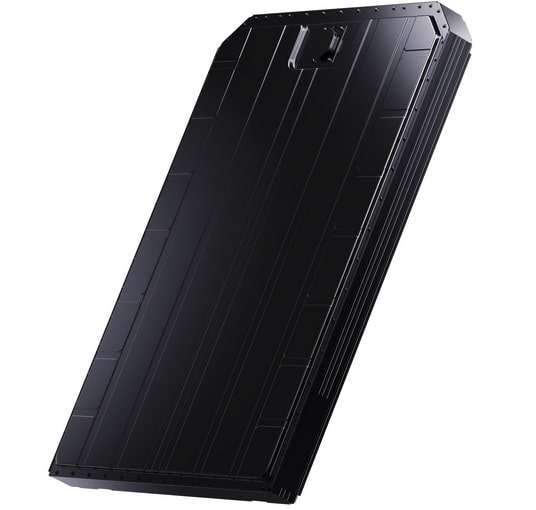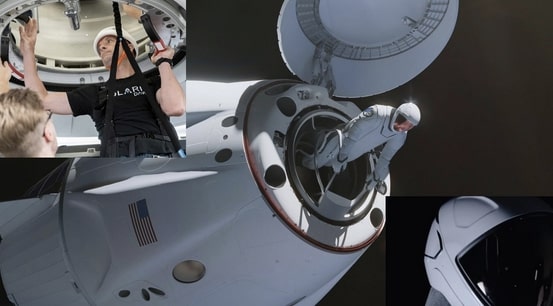Now Reading: CATL Unveils Sodium-Ion Batteries as Cheaper Lithium-Ion Alternative
-
01
CATL Unveils Sodium-Ion Batteries as Cheaper Lithium-Ion Alternative
CATL Unveils Sodium-Ion Batteries as Cheaper Lithium-Ion Alternative

### Rapid Summary
– CATL has announced the mass production of sodium-ion batteries at a newly built 30GWh facility in Fujian province, with plans to expand production to naxtra battery packs for passenger EVs by December 2025.- Sodium-ion batteries are cheaper than lithium-ion alternatives; cell-level costs are $40/kWh versus $70/kWh for Lithium Ferro Phosphate (LFP), though LFP prices continue to decrease.
– CATL’s first-gen sodium batteries are currently used in about 250,000 urban delivery vans across China and offer energy densities of 120-160 Wh/kg.
– Naxtra,the world’s first commercially scaled sodium-ion battery,achieves an energy density of 175 Wh/kg-comparable to lithium-based LFP-and offers ranges up to 500 km with over 10,000 cycles. It is optimized for cold climates and safety performance.
– sodium carbonate costs considerably less than lithium carbonate: $200/ton vs. $15,000/ton (2025 prices).
– Competitor BYD has begun work on its own sodium-ion facility (30 GWh/year capacity),adding competitive pressure on CATL as both companies aim to scale further by the decade’s end.
### Indian Opinion Analysis
The growth of scalable sodium-ion battery technology could have critically important implications for India’s EV industry due to its cost-efficiency compared to traditional lithium batteries. With reduced dependency on expensive raw materials like lithium carbonate, which remains volatile globally, India could benefit from lower EV manufacturing and operational costs. This innovation supports broader affordability goals that align with India’s push toward green mobility under initiatives such as FAME II.
However, domestic manufacturers may need time before adopting this technology at scale due to current reliance and investment in Lithium Ferro Phosphate cells widely used across India’s expanding EV market today. If international players like CATL succeed in scaling these technologies by mid-decade while maintaining promised pricing benefits and durability standards (such as compatibility with colder climates), it could redefine global supply chains-including opportunities for Indian automakers seeking alternative solutions.
Sodium technology represents long-term industrial optimism but faces hurdles related to overall feasibility within pack-level integration complexities when weighing lower material cost against scaling pace still lags progress tracking comparative net edge behind proven mixed-Lithium matrix platforms such-infrastructural edging built leads maturity economics presence future tech strong domestic roadmap perspectives assuring competency balancing efficiently inclusive motivations coupling critical transition entries pathways Best awaited scope timely rational adaptable.
Read more






















